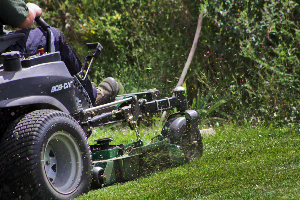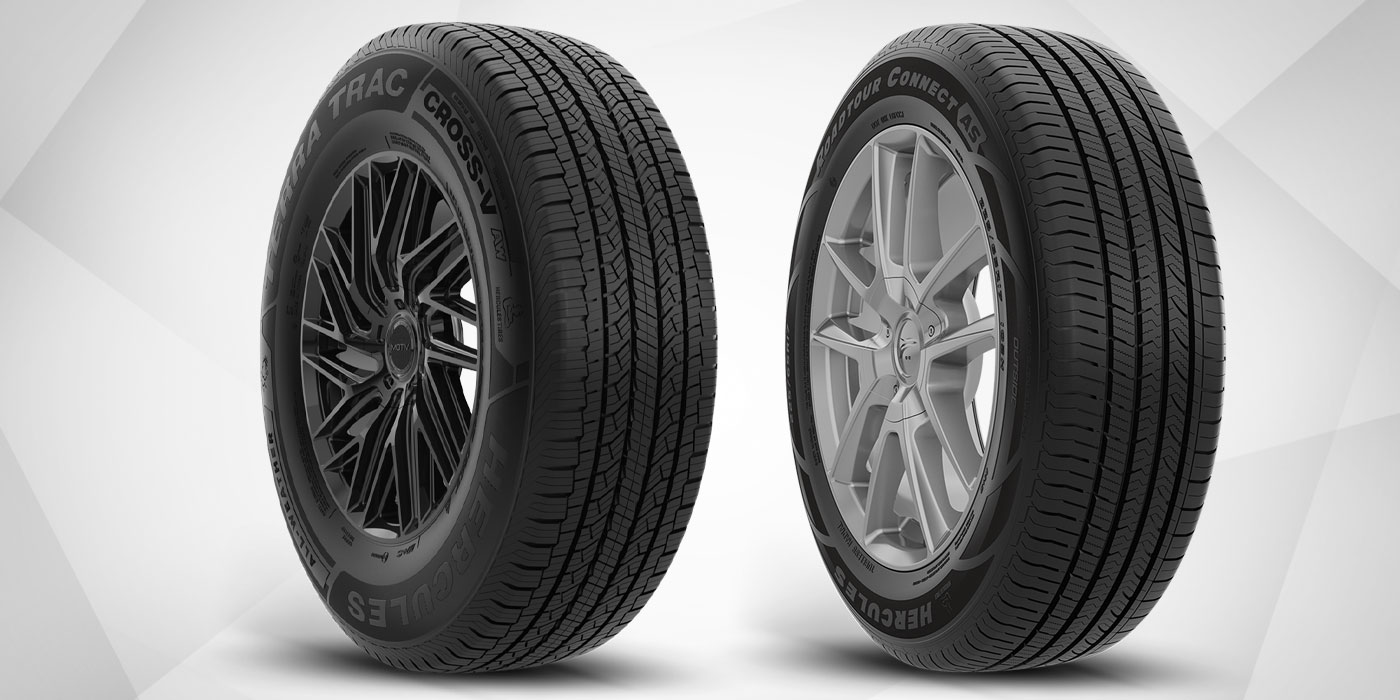Spring is in the air, and so are signs of recovery when it comes to replacement tire sales. And of course, there’s also the sound of homeowners and professional landscapers everywhere firing up their lawn equipment for the season. All these factors combined offer a promising outlook for tire dealers working the landscaping tire market.
Last year officially ended the down market in this niche segment, which saw a serious slump – as did just about everything else – during the Great Recession. After a slow couple of months, the majority of 2010 brought increased sales of landscaping tires vs. 2009. That strong pattern has continued thus far in 2011, according to Hank Chang, marketing manager for Kenda Tire USA.
“Sales have been very strong, which is a continuation from 2010,” he says, but also adds that tiremakers are presented with a challenge when it comes to manufacturing and filling demand for these tires – rising oil costs and a shortage of raw materials.
Tim Landis, vice president of aftermarket sales for Greenball Corp., said the majority of the increase since 2009 is due to residential and commercial landscapers repairing and maintaining existing equipment rather than purchasing new units.
“Lawn and garden tire sales have been on an upward swing,” he says, noting that this steady increase is still occurring and likely will continue. “The segment is strong in the replacement end, and I feel it will stay strong for years to come.”
“Business has been up the last six months, and that hasn’t happened in a long time,” says Brian Jones, co-owner of Ken Jones Tires in Worcester, Mass. “People have waited so long that they have to replace their tires now.”
Inventory and Technology
Ken Jones Tire, a third-generation family business with a focus on specialty tires, is heavily invested in the landscaping segment, also serving as a regional distributor for other tire dealers who may not stock less popular sizes. Related to what Kenda’s Chang mentioned about cost and supply challenges, Jones says some manufacturers in this segment have recently begun paring down their lines to eliminate uncommon (i.e. less profitable) sizes.
“With the higher cost of rubber and manufacturers trying to better compete, these reduced sizes may make it difficult for dealers who aren’t fully in the landscaping tire market to locate the harder-to-find sizes,” Jones explains. “For dealers like us who have a nice network and really focus on this segment, we’ll be able to find product. But dealers who cherry-pick lines and only stock the popular sizes are going to have less sources to find the challenging stuff. But that’s our niche – we’re the specialists within the specialty niche.”
He recommends dealers who are interested in entering the landscaping segment explore local distribution options. “The best thing is to be able to have a couple sources that can get you the tires the next day. It’s not worth it to tie your money up in inventory that will only turn over once or twice a year. Most dealers stock the extremely popular tires – about a dozen sizes – and then rely on regional distributors for the harder-to-find sizes.”
According to Greenball’s Landis, the most popular sizes in this segment are as follows: 15X6.00-6, 18X8.50-8, 20X10.00-8, 20X10.00-10, 26X12.00-12, 24X12.00-12, 26X12.00-12 and 33X12.50-15.
Kenda’s Chang says equipment manufacturers are placing added demands on tiremakers to expand the performance capabilities of their products. This mainly equates to larger tires that are able to carry more weight, which is why the most popular sizes are for 10- to 12-inch wheel diameters and larger, up to 14 inches.
He adds it’s important dealers pay attention to OE sizes, as it’s typical to replace worn tires with the same size, type and brand that came on the equipment.
“In the lawn and garden segment, it’s more difficult to meet OE requirements with replacement tires due to the restricted tire size that must be used in order to maintain the correct height of the cutting deck,” Chang explains, noting that Kenda continues to gain marketshare when it comes to OE fitments in this segment.
For a dealership to be 100% committed to carrying all applicable sizes in the landscaping segment, there are thousands of SKUs to consider, according to Jones. “A lot of tires might be the same size, but there are 2-ply, 4-ply, 6-ply or 8-ply options that are built to carry more weight,” he says.
As far as technological advancements are concerned, the segment is still mainly bias-ply. The low rolling resistance movement has started to become a topic of discussion, Chang says, but the largest trend in recent years has been the increase in run-flat or flat-proof tires.
Jones agrees, explaining that as an authorized flat-proofing distributor, Ken Jones Tire fills many of its commercial landscaping customers’ tires with a soft foam fill. The result is a tire that rides like a pneumatic one, but is extremely durable and 100% flat-proof.
“Commercial landscapers like that because as they’re mowing they tend to hit curbs, popping the tire off the bead or puncturing the tire. If it’s foam-filled, it will go as long as the tire itself isn’t falling apart, with no repairs necessary,” he says.
While this has become very popular among commercial landscapers in recent years, it’s important to keep in mind that there are different foam fills out there. “If tires aren’t filled with soft product, the mower will ride on a rock-hard tire,” Jones says.
Service & Opportunities
Just as keeping up with sizes is important, so is being knowledgeable when it comes to tread patterns and applications in this segment. Dealers should ask their customers – especially commercial landscaping crews – about their equipment and the terrain on which it will be used, Greenball’s Landis says.
According to Jones, landscaping tire buyers’ main focus is price. “They also don’t like to spend time shopping around, so if dealers can take care of them on the first phone call, they will tend to be somewhat loyal customers,” he says, adding that knowledge of the market is key, since many times the customers themselves don’t know exactly what they need and will look to tire dealers for a solution.
“You have to know the details, especially since some of them show up at the counter without the tire,” he notes. “Or they’ll call your shop and won’t really know the necessary information.”
Kenda’s Chang adds that customers in this segment will look for a dealer who can offer quality and a consistent supply.
When it comes to commercial landscaping companies, a loyal customer brings dealers added benefits in the form of more tire sales opportunities. Also needed are trailer tires, utility/ATV tires, skid steer tires and wheelbarrow tires. Add golf cart tires to that list also, if your customer happens to be a local golf course that handles its own landscaping.
“In the northeast, many landscapers mow in the summer and plow in the winter, so they need tires and chains for backhoes and trucks, also,” Jones says.
But be prepared – rather than replacing tires in the off-season so everything’s ready to go when the weather starts warming up, most landscapers tend to wait until they absolutely need tires. “They keep mowing until it breaks, and then avoiding downtime becomes an issue,” Jones adds.
As it turns out, with the right strategy and market intelligence, what may seem like a limited segment could bloom into rather hefty profits for astute dealers.













